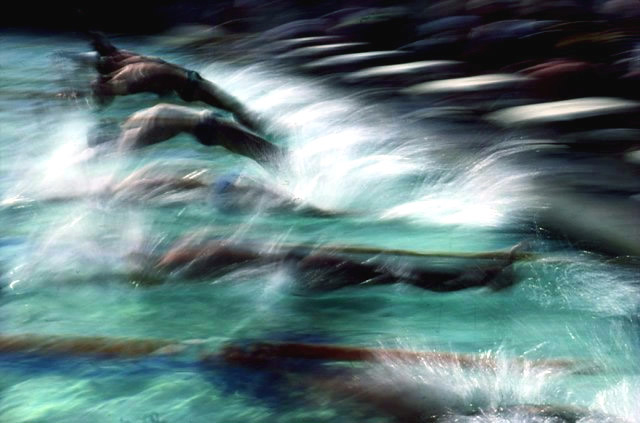For my fourth photo shoot I wanted to continue with dynamic depiction of motion and time typical of Ernst Haas but in a new different way. I was inspired by the work Metamorphosis of the cinematographer Stefan Nitoslawski which does long exposure portraits in studio. He uses time as a shape force - which in his photographs shifts the shape of the body - something that intrigued me a lot during this unit.
 |
| Meta-morphosis, Stefan Nitoslawski, 2007 |
 |
| From sketchbook |
 |
| From my sketchbook |
On my sketchbook above I summarised the artist work and planned the studio photo shoot. Obtaining similar looking pictures required careful control of many things: light intensity and position, model choreography, shutters speed, ISO settings, aperture, etc. In the first attempts the compositions where underexposed and the anatomy of the model was too clearly visible. Blurring was also minimal.
Increasing light intensity and using slower shutter speed started producing decent pictures. In the next first attempts the blurs were too many or the body of the model stays immobile for too much time.
In the and final attempts I managed to find balance between motion and subject standing still. I started trying different poses and moves. I also chose which anatomic parts to clearly show to cause different emotions. I decided to keep the subject not moving for a short time during the exposure showing his backbone, his hands or his ribs. The conflictual poses give an angry, animal, anxious look to the picture. The poses where the model appears scratching himself are the most effective.
In my next and final photo shoots I will finally move on from the depiction of motion and I will start to capture old, abandoned objects and places to investigate the relationship between time, people, places and objects. I would like to photograph abandoned places and objects to create connections with the past and to portray time like an unstoppable degrading force. I will therefore use a new artist as inspiration for the final photo shoots of this unit.
















































